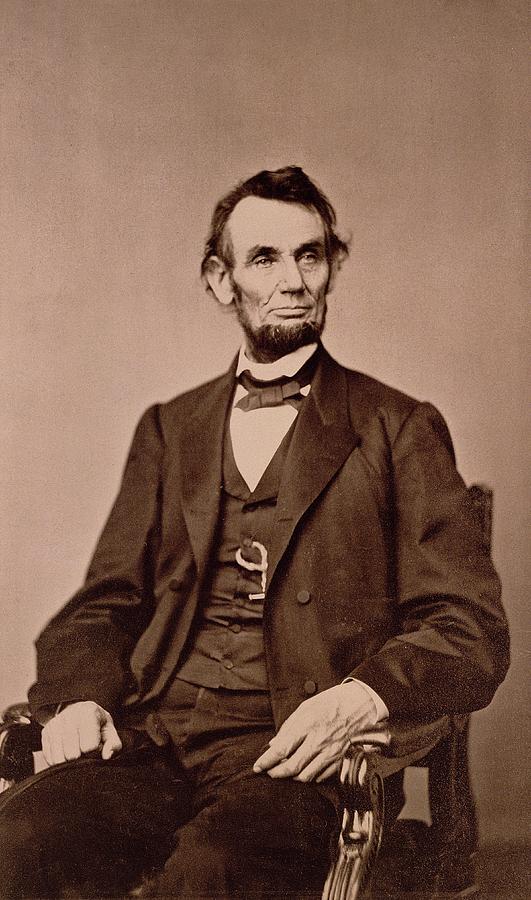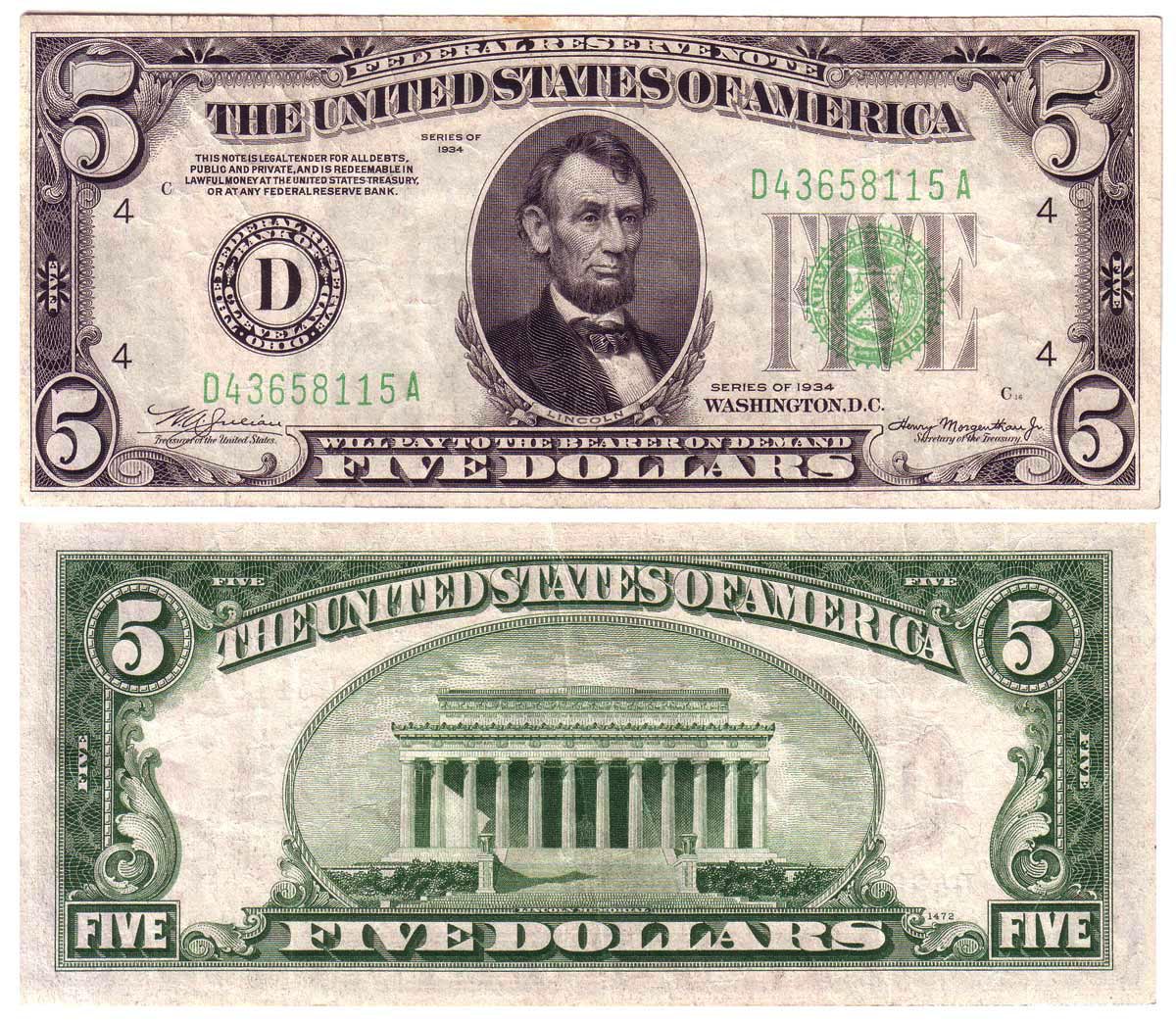“What you are, you are by accident of birth; what I am, I am by myself.
There are and will be a thousand princes; there is only one Beethoven.”
AUTHOR: Ludwig van Beethoven

MEANING OF THE QUOTE:
“Beethoven thinks he is unique, better than others. Through
“Beethoven thinks he is unique, better than others. Through
arrogant, his ego helped him produce beautiful music."
COMPOSER
COPLAND



Norman Rockwell
 |
| Norman Rockwell |


Lincoln Portrait
Narrated by Gregory Peck
Slide Show Produced by James Ayala
https://www.youtube.com/watch?v=cpocnsH3D7k
http://www.youtube.com/watch?v=ahWeXfTsjuA&feature=related

Lincoln Portrait
Narrated by Henry Fonda


CURRICULUM CONNECTIONS
Social Studies: Abraham Lincoln, Civil War
 http://discoveryorchestra.org/wp-content/
http://discoveryorchestra.org/wp-content/
Narrated by Gregory Peck
Slide Show Produced by James Ayala
http://www.youtube.com/watch?v=ahWeXfTsjuA&feature=related

 |
| LeRoy Neiman |
Narrated by Henry Fonda

Aaron Copland and Lincoln Portrait
© Education Through Music, Inc. May be reproduced for educational purposes.
 |
| N.C.Wyeth |
Social Studies: Abraham Lincoln, Civil War
 |
| The Peacemakers (Ulysses Grant, William Sherman, Abraham Lincoln, David D. Porter) |
AIM
Students will explore how music can create mood by listening, discussing and writing.
MATERIALS


Recording with excerpts
Information worksheet
Lyric sheet
ASSESSMENT
Read, correct and review homework assignments.


PROCEDURE
1
Review music vocabulary:
Review music vocabulary:
piano, forte, crescendo, decrescendo, dolce.
2
Ask the question to the class:
“Can music express emotion or feeling?
How?
Give examples.”
Write responses on the board.
3
Introduce American composer Aaron Copland.
Write his name, dates, and Lincoln Portrait on the board.
Hand out information worksheet and read aloud or silently.
4
Listen to two short excerpts:
the beginning of Appalachian Spring or the Clarinet Concerto
and the beginning of Fanfare for the Common Man.
Play the first 30 seconds of each.
After listening to each ask students to use two words to describe how the music “felt.”
Write responses on the board.
5
Copland wrote another piece called Lincoln Portrait.
What is a portrait?
Can music be a portrait?
How?
6
Create asemantic web for Abraham Lincoln.
Ask children to provide information about Lincoln
(16th president, very tall, had a beard, freed the slaves,
Civil War, assassinated, penny and five dollar bill, etc.).
7
Ask students to listen to the beginning of the work and to
raise their hand when they hear something unusual (narrator).
Play the beginning of Lincoln Portrait.
8
What do you call someone who tells a story?
In the Lincoln Portrait, Copland has chosen to have a narrator speak during the music.
Who do you think he is going to speak about?
Whose words will he use?
9
Pass out the lyrics sheet.
Listen to the excerpt and point out changes in mood.
Pause occasionally to make a point or ask about the mood of the music.
10
Review assignment for homework.


Young People’s Concert
NHSO

uploads/2013/11/Copland-Lincoln-Portrait.pdf
| Carving of Abraham Lincoln at Mount Rushmore, ca. 1934 |
LINCOLN'S GETTYSBURG ADDRESS
BY FERDE GROFE:
.jpg)







